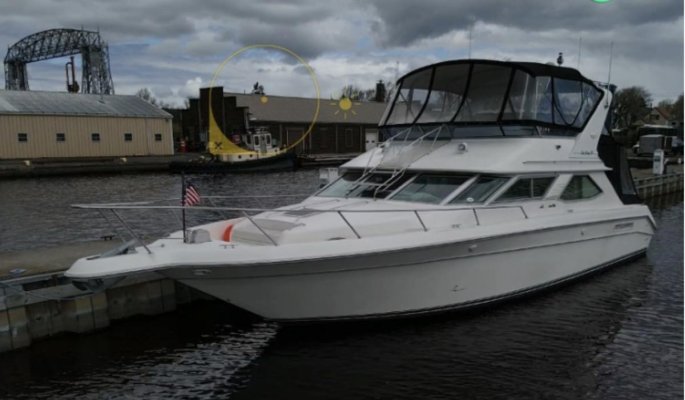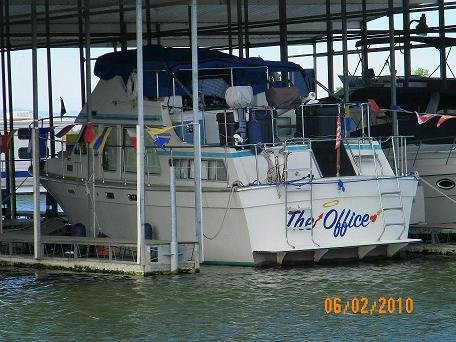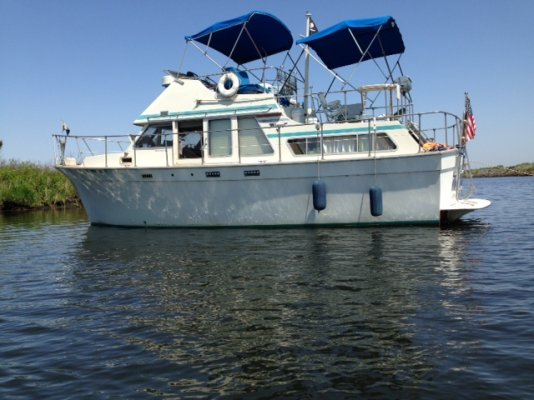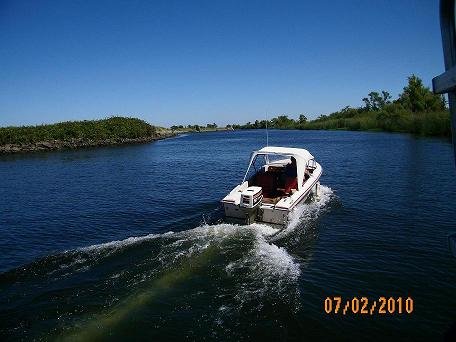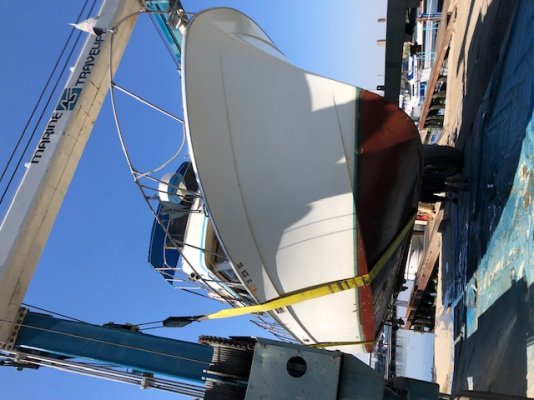Owen Christensen
Veteran Member
A year and a half ago I started looking for a boat. I’ve always dreamed of a Grand Banks. I’m older and own a business. I may never retire. I live fifteen miles from Lake Superior and we love the waterfront. We have a few very nice destinations to spend about a weeks worth of vacation now and then. Three trawlers that I looked at all had issues. I finally bought a Sea Ray 440 Express Bridge. Mostly because of the perfect condition.
To my surprise, the boat is big enough for the two of us with a extra cabin for occasional guests. I still like to go slow, and the boat does that just fine. I’m guessing this one is the one. Even at 25 mph it is stable as a rock in moderate seas, if you need to get to somewhere faster. Twin variable thrusters allow me to do my own tie up, or depart.
Still love trawlers, but I can live with this just fine.
To my surprise, the boat is big enough for the two of us with a extra cabin for occasional guests. I still like to go slow, and the boat does that just fine. I’m guessing this one is the one. Even at 25 mph it is stable as a rock in moderate seas, if you need to get to somewhere faster. Twin variable thrusters allow me to do my own tie up, or depart.
Still love trawlers, but I can live with this just fine.

